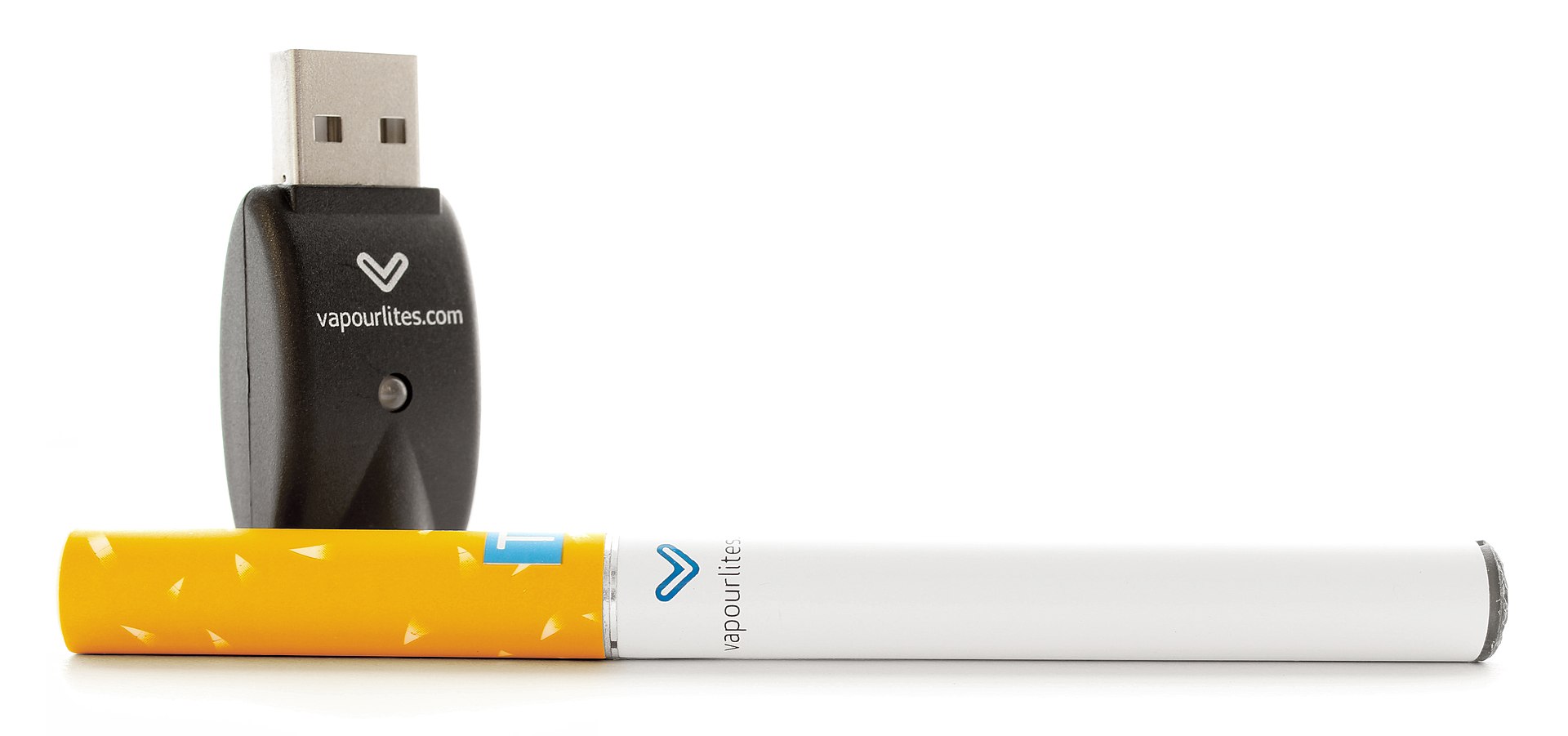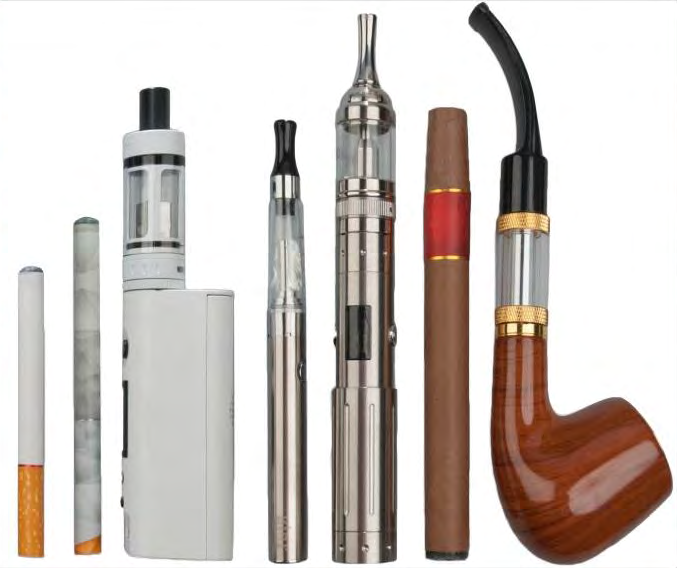WARNING: This product contains nicotine. Nicotine is an addictive chemical.
Ah, the curious tale of vapes! These mystical mists have not only fogged up our glasses but also our understanding of their origin story. So, when were vapes invented? Picture this: a time before smartphones and streaming, when people still met face-to-face and smoked old-school cigarettes. Enter the world of vaping, where high-tech meets high times in the most flavorful fog you’ve ever inhaled. Buckle up, dear reader, as we embark on a hilarious haze-filled journey back in time to uncover the origins of vaping. From the early tinkerers to the modern-day modders, let’s dive into the puffs and ponders of how vapes came to be the cloud-making machines we know and love today!
Watch the video to learn about the History of Vaping.
Way back in the roarin’ 1920s, when flappers and speakeasies were all the rage, Joseph Robinson decided to get ahead of his time by patenting an electronic vaporizer in 1927. Imagine that—a vaporizer when most folks were still getting excited about indoor plumbing! This device, meant for medicinal compounds, received its official nod in 1930, yet never saw the light of day beyond the patent office’s dusty drawers.
Fast forward to the swinging sixties, where Herbert A. Gilbert concocted what could be considered the first actual e-cigarette in 1963, opting for heated, flavored air over burning tobacco. Revolutionary, right? Unfortunately, Herbert’s brainchild also never hit the shelves because apparently, inhaling flavored steam was less appealing than the rugged allure of smoky bars and lung-tar tar.
In 1986, a curious contraption called the Favor cigarette emerged, courtesy of Phil Ray and his tech-savvy crew. This device was basically a plastic stick that let users inhale nicotine without the theatrics of smoke or fire. It was marketed in select U.S. states but eventually got the kibosh from the FDA. Despite its brief lifespan, the Favor did leave us one thing: the term “vaping,” coined by Ray’s wife. Thanks, Brenda!

Hon Lik, a Chinese pharmacist, dramatically altered the landscape of smoking alternatives with his invention of the modern e-cigarette in 2001. His battle with smoking inspired him to develop a device that used piezoelectric ultrasound to vaporize nicotine, mirroring the transformative shift seen with digital cameras overtaking traditional film photography. Despite his intentions to quit smoking through his own invention, Hon found himself both vaping and smoking, a testament to the irresistible allure of his groundbreaking device. His invention promised a new dawn for smokers looking for alternatives, positioning e-cigarettes as a futuristic substitute for traditional tobacco use.
By 2004, Hon Lik’s invention was commercialized under the brand name Ruyan, meaning “like smoke,” a witty nod to its purpose. This brand debuted in the Chinese market and quickly captured the imagination of consumers and innovators alike. Following the registration of an international patent, Ruyan was poised to go global by 2007, sparking a flurry of innovation and numerous imitations. The impact of Ruyan extended beyond China, setting off a chain reaction in the smoking and smoking-alternative industries worldwide. As “mist machines,” e-cigarettes began their journey, evolving rapidly and influencing smoking habits and cultural norms across the globe.
By 2008, the world of vaping had evolved beyond a simple cessation tool into a vibrant hobby for gadget enthusiasts and DIY aficionados. The practice of “modding” became popular, with innovative vapers—aptly dubbed ‘vape nerds’—using their technical skills to modify and enhance e-cigarettes. The most notable innovation of this era was the “screwdriver” mod, known for its extended battery life that could outlast even the longest director’s cut movie. This spirit of customization opened the door for a community where creativity met functionality, allowing users to tailor their vaping experience to personal preferences, much like tweaking a piece of software or building a custom PC.
Following on the heels of modding’s rise came the invention of the clearomizer in 2009, which integrated the atomizer coil with the liquid chamber into a single transparent unit. This breakthrough dramatically improved how vapers could monitor their e-liquid levels, much like checking the fuel gauge on a car. The clearomizer not only simplified the vaping process but also sparked further customization in the vaping community, offering a plethora of options for personalization. Just like choosing toppings on a pizza, vapers could now mix and match components to suit their vaping style, leading to a surge in popularity and diversity within the vaping culture, fostering a market that catered to both the casual user and the enthusiast alike.
The initial skepticism of big tobacco companies towards the burgeoning e-cigarette industry quickly evaporated as they recognized the potential goldmine it represented. Dismissing vaping as just a fleeting trend proved to be a significant oversight. By the 2010s, the tide had turned dramatically, and these tobacco behemoths began a frenzied campaign of acquisitions, snapping up innovative e-cigarette firms with a zeal akin to a cat chasing a laser pointer. Companies like Imperial Tobacco and British American Tobacco quickly moved to secure their stakes in this novel market, signaling a major shift in the industry dynamics and acknowledging the staying power and profitability of vaping products.
The global expansion of the e-cigarette market was equally impressive. By 2018, China, renowned for its manufacturing prowess, was producing 95% of the world’s e-cigarettes, cementing its status as the epicenter of e-cigarette production. Concurrently, in the UK, the vaping phenomenon received a significant boost from the National Health Service, which endorsed it as a legitimate tool for smoking cessation. This endorsement, alongside growing public acceptance, contributed to a surge in the number of vapers. The UK saw record numbers of people adopting vaping, comfortably using their devices in various settings, a stark contrast to the early days of skepticism and regulatory challenges. This acceptance marked a significant cultural shift, acknowledging e-cigarettes not only as a safer alternative to smoking but also as a mainstream activity.

The intriguing history of vaping unfolds like a quirky tale of innovation and missed opportunities. Starting in the 1920s with Joseph Robinson’s early patent for a vaporizer, the journey meanders through various attempts to market non-tobacco alternatives, including Herbert A. Gilbert’s pioneering but uncommercialized 1963 design for a smokeless, non-tobacco cigarette. It wasn’t until the 2000s that Hon Lik, a Chinese pharmacist, successfully developed and commercialized the modern e-cigarette, initially motivated by a personal struggle with smoking. The vaping industry saw rapid advancements with the introduction of modifications like the “screwdriver” and clearomizers that allowed users greater control and customization of their devices. As vaping technology gained popularity, even big tobacco companies, initially dismissive of e-cigarettes as fads, began acquiring vaping companies, recognizing the potential of this new market. Today, vaping is not only a global phenomenon supported by major tobacco brands but also an endorsed smoking cessation aid in places like the UK, illustrating a dramatic shift in cultural and commercial perspectives towards smoking alternatives.
1. What exactly is a vape?
A vape is essentially a personal fog machine that fits in your pocket. Instead of fog juice, it uses e-liquid, which comes in more flavors than your local ice cream truck. When you power it up, the device heats the liquid into a vapor, which you inhale. It’s like smoking, but you’re more likely to smell like cotton candy than an ashtray.
2. Who invented the e-cigarette?
The modern e-cigarette was whipped up by Hon Lik, a Chinese pharmacist, back in 2003. Hon was looking to kick his smoking habit in honor of his father, but instead of quitting cold turkey, he invented a whole new way to get his nicotine fix—through vapor! Think of him as the Willy Wonka of smokers, turning something harmful into something a little less so.
3. Is vaping safer than smoking cigarettes?
While not completely harmless, think of vaping like swapping out your classic horror movie for a slightly spooky animated film. Health experts generally agree that vaping is less harmful than traditional smoking, mainly because it lacks the tar and a lot of the carcinogens found in tobacco smoke. However, it’s not exactly like inhaling fresh mountain air.
4. Can vaping help you quit smoking?
Many people have turned to vaping as a stepping stone to quit smoking, kind of like using training wheels before you can bike without support. It allows smokers to wean off nicotine gradually since e-liquids come in various strengths. Some find it helpful, while others just swap one cloud for another. It’s not a magic wand, but it can be part of a quit-smoking toolkit.
5. Why has vaping become so popular?
Vaping has skyrocketed in popularity for a few reasons. For starters, there’s the cool factor—gadgets, flavors, and big, puffy clouds can be quite appealing, especially to the younger crowd. Then there’s the community aspect, where vapers bond over mods and flavors. It’s part social club, part hobby, and part lifestyle, making it much more than just a nicotine alternative.
If you want to know more, please refer to this article:
https://keystonevape.com/best-vape/the-best-disposable-vapes-2024-you-cant-miss/
